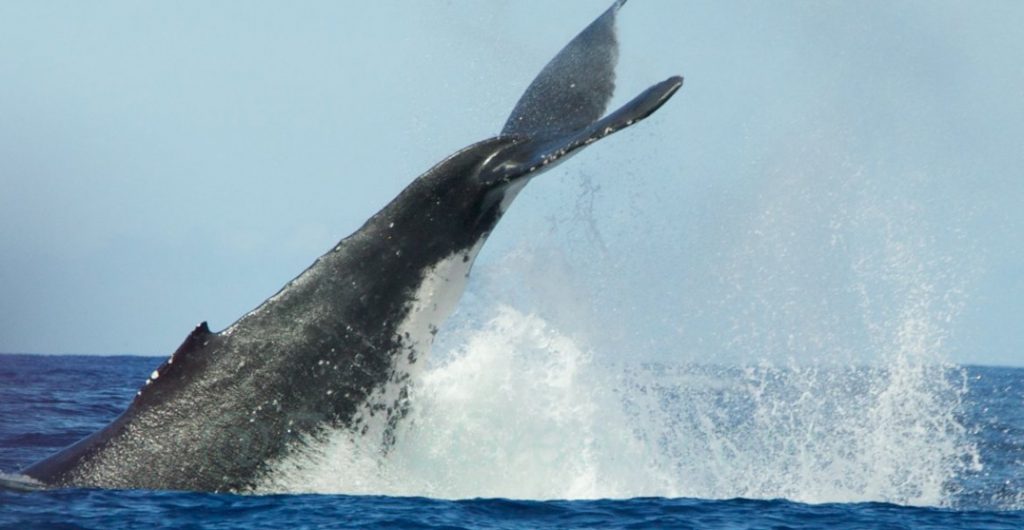Twice as many whales entangled in fishing nets in 2014
According to the National Marine Fisheries Service, there were 30 unique reports of whale entanglements in 2014 off the West Coast — most of them gray or humpback whales caught in lines connected to crab pots — which is nearly twice the number from the previous year and well above the average from the last decade (eight per year) or the previous decade (three per year). So far in 2015, there have been more than 25 unique reports of entanglements in California alone, including most recently a killer whale that washed up dead north of Fort Bragg, Calif. entangled in crab gear.
Of the 30 cases last year, seven whales were disentangled and released free of lines, seven were found dead, two were observed to self-release and the remaining entangled whales had an unknown fate. Most recent entanglements have occurred with Dungeness crab gear, although lobster and spot prawn gear as well as gillnets have also been identified.
Fatally entangled whales can take an average of six months to die
For whales that cannot free themselves or be disentangled by people, trailing fishing gear can add drag, which depletes energy reserves and ultimately leads to death, or can sever limbs and cut into flesh, which can cause infection or prevent mobility. One study found that fatally entangled whales can take an average of six months to die. There are also strong indications that the problem could be even worse than the official National Marine Fisheries Service numbers show. Experts acknowledge there could be far more entanglements that go undetected; a photographic study from 2004-2006 indicated at least half the humpback whales off the West Coast had scars indicating prior entanglement.




